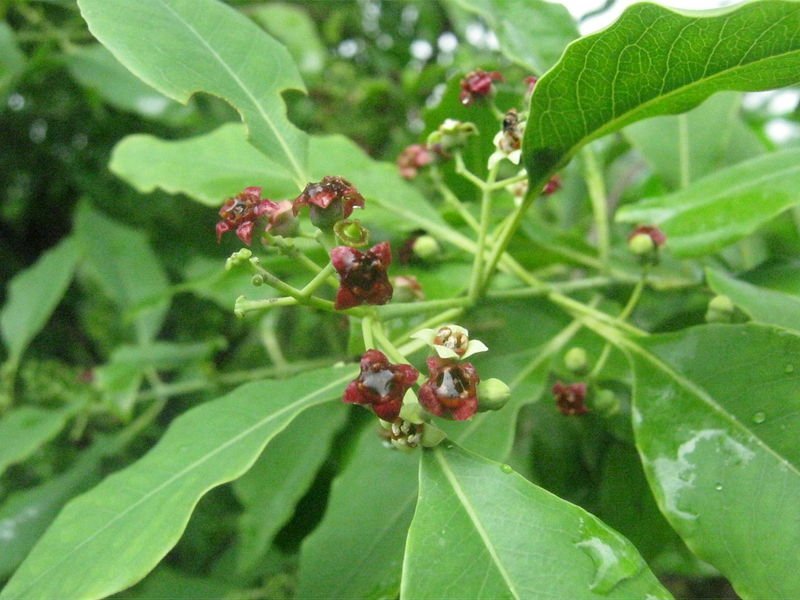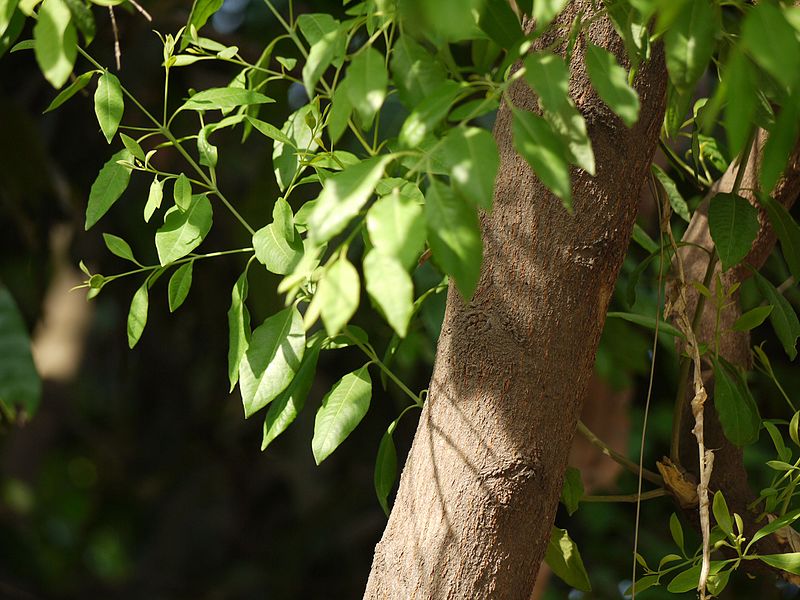Sandalwood is known to be the second-most expensive wood in the world next to African blackwood. They are slow-growing trees that have suffered over-harvesting in the past centuries due to being so useful. It has a durable and robust trunk. That’s why it is mostly harvested for its timber. Its heartwood is close-grained, making it useful for fine furniture carving. Aside from that, its heartwood and roots also contain oil which is used in making incense, essential oils, perfumes, medicines, and soaps.
Sandalwood is a medium-sized hemiparasitic tree which is part of the same botanical family as European mistletoe. Its scientific name is Santalum album L., and it belongs to the Santalaceae family. It is a local tree in India. However, due to uncontrolled harvesting, India has imposed an export ban on Sandalwood to protect the species. But it is not just in India where you can find Sandalwood trees. Today, we are going to find out the locations where Sandalwood grows naturally.
India
India is the most popular location where Sandalwood trees grow naturally. When you travel here, you will not forget the characteristic scent of Sandalwood. It grows in the Western Ghats and other mountain ranges like the Shevaroy Hills and the Kalrayan. Aside from India, it also grows in other parts of Southeast Asia such as in Nepal and Pakistan. It is also a native to China, Indonesia, and the Philippines.
However, Santalum album or Indian Sandalwood is a threatened species in South India. As mentioned earlier, India has imposed an export ban on Sandalwood. The country also instated conservation measures to protect them. In the southern Indian states of Andhra Pradesh and Karnataka, all Sandalwood trees of greater than a specified size are the property of the state. This means that cutting of trees, even when they are in your private properties, is under the regulation of the Forest Department.
Australia
Due to the export ban imposed by India on Sandalwood, the tree is now grown on plantations in Australia. Two species of Sandalwood are being planted in Australia. One is the tropical Indian Sandalwood or the Santalum album, and the other one is the temperate dryland Australian Sandalwood or the Santalum spicatum.
Western Australia is the center of interest and expertise in Australian Sandalwood. This species of Sandalwood is used by aromatherapists and perfumers, and the concentration of oil differs considerably from other Santalum species. They are grown in a traditional growing area in the Wheatbelt east of Perth where you can find over 37,000 acres are in plantations.
Sandalwood was the biggest export earner of Western Australia in the 1840s. In 1875, oil was distilled for the first time, and in the 20th century, the production of Australian Sandalwood oil was erratic. But it has been revived, and by 2009, it had peaked at over 20,000 kg per year, and most of them went to the fragrance industries in Europe.
East Timor
Centuries ago, the island of Timor was popular for its vast forests of Sandalwood trees. The existence of the Sandalwood forests had been documented in 1436 by Chinese traders even before the colonization by the Portuguese. According to the documents, Timor was referred to as a region of mountainous terrain covered in Sandalwood trees. Also, in 1598, according to Duarte Barbosa, the first Portuguese who visited Timor, Sandalwood trees on the island are very abundant, and the Moors in India and Persia committed a very high value to it with many profiting from the sandalwood trees.
Some issues happened before, about the trade of Sandalwood in Timor. But up until now, Sandalwood trees still grow there naturally. East Timor still exports Sandalwood together with other commodities such as coffee, marble, and petroleum in the present time.
These are the most common locations where Sandalwood grows naturally. If you are wondering why Sandalwood is expensive, then one of the factors is the limited places it grows in and the strict rules when it comes to harvesting it, making the supply decrease even though it has a high demand.
Growing Sandalwood Trees
If you are thinking of planting and growing a Sandalwood tree, you need to know that they usually grow in sandy or well-drained stony red soils. Their habitat should also have a temperature ranging from 0° to 38°C. There should also be an annual rainfall between 500 mm and 3000 mm. Sandalwood trees do not require a lot of water, and they should be planted in a place where they can get a good amount of sunlight.
After 7 years, Sandalwood trees begin to flower. When they are still young, their flowers are white, but with age, they will turn into red or orange. After about 10 years of growth, their trunks will start to develop their fragrance.
Growing Sandalwood trees really takes a lot of patience and effort. No wonder Sandalwood has become the second most expensive wood in the world.


